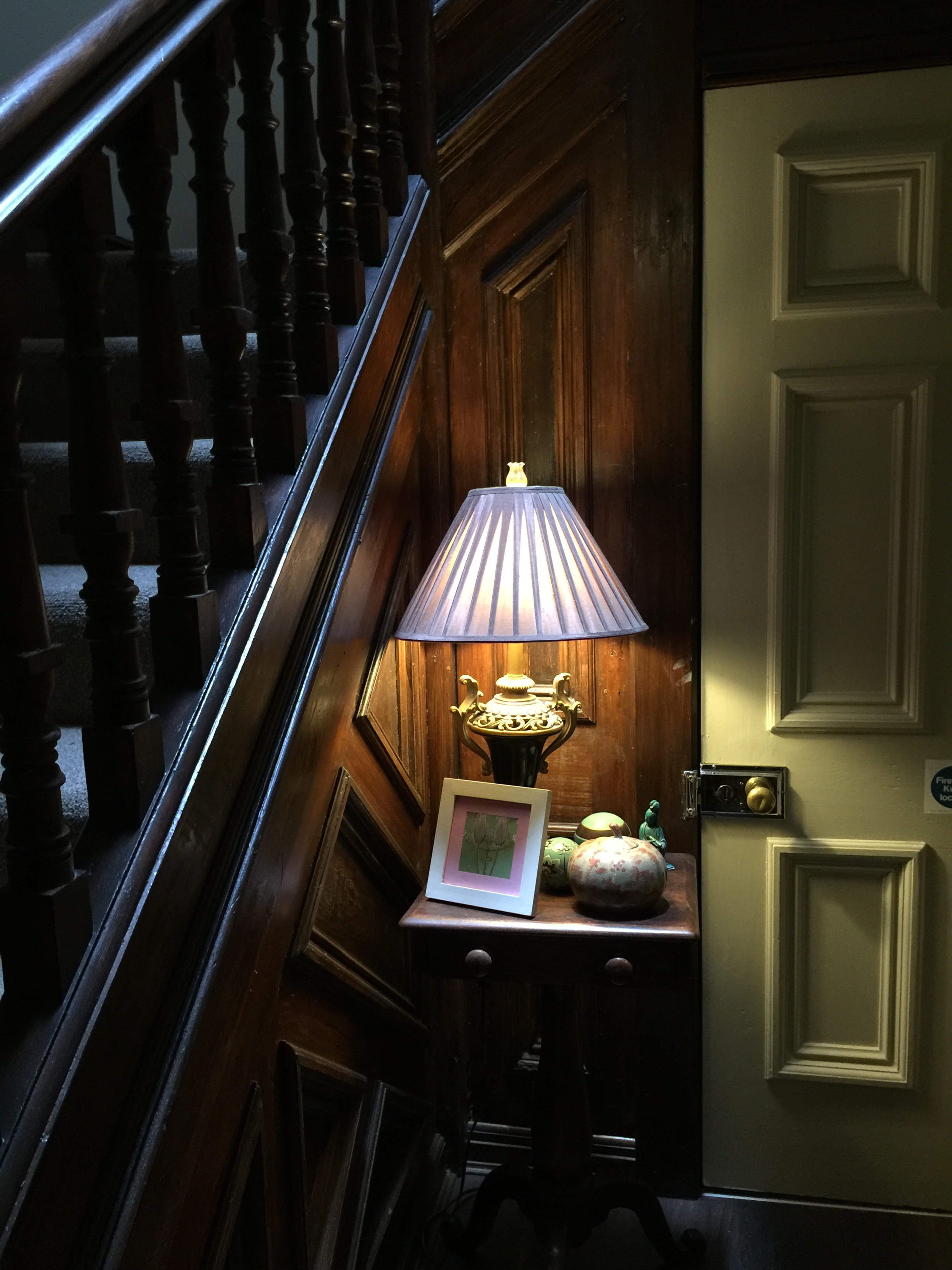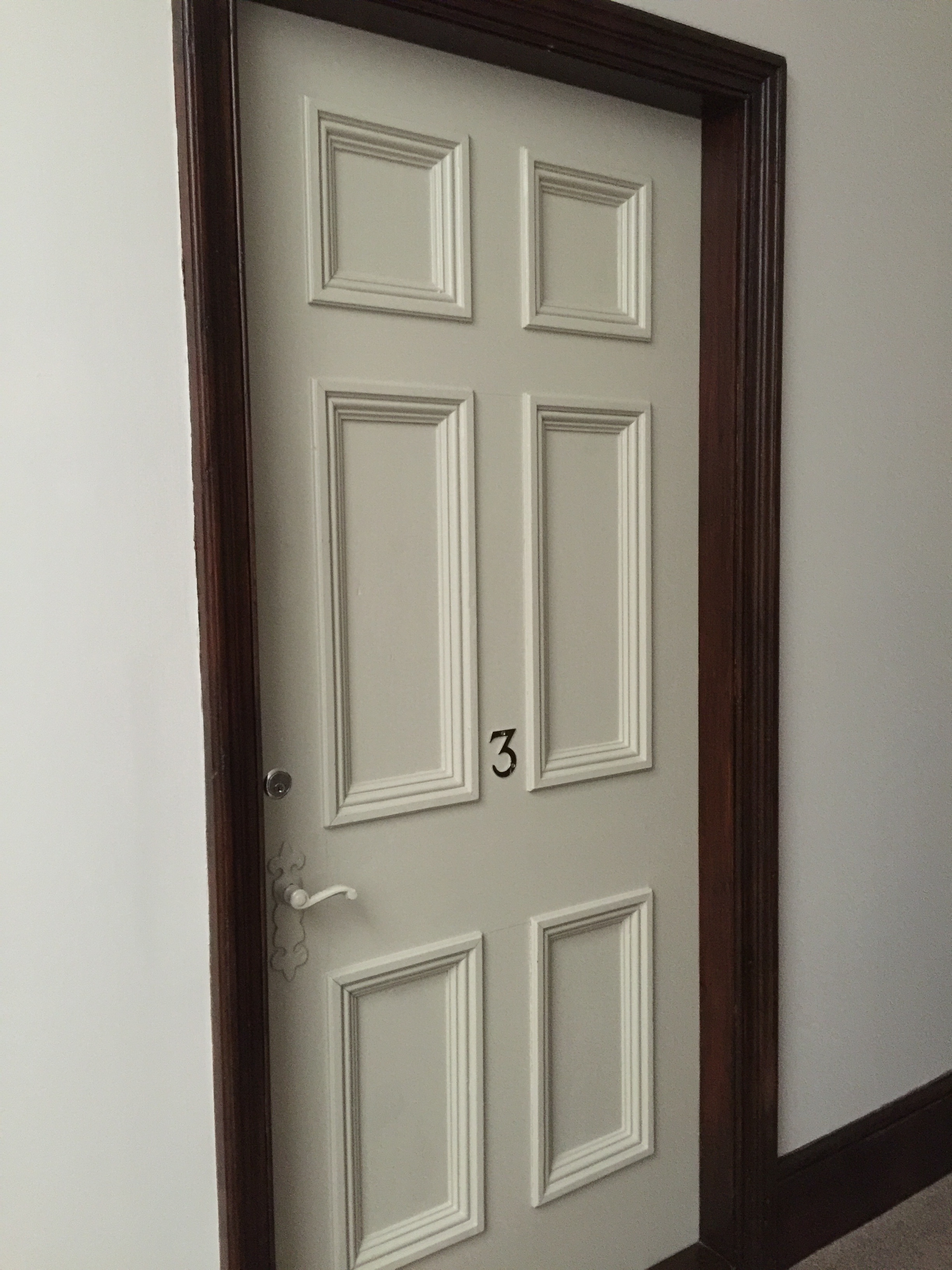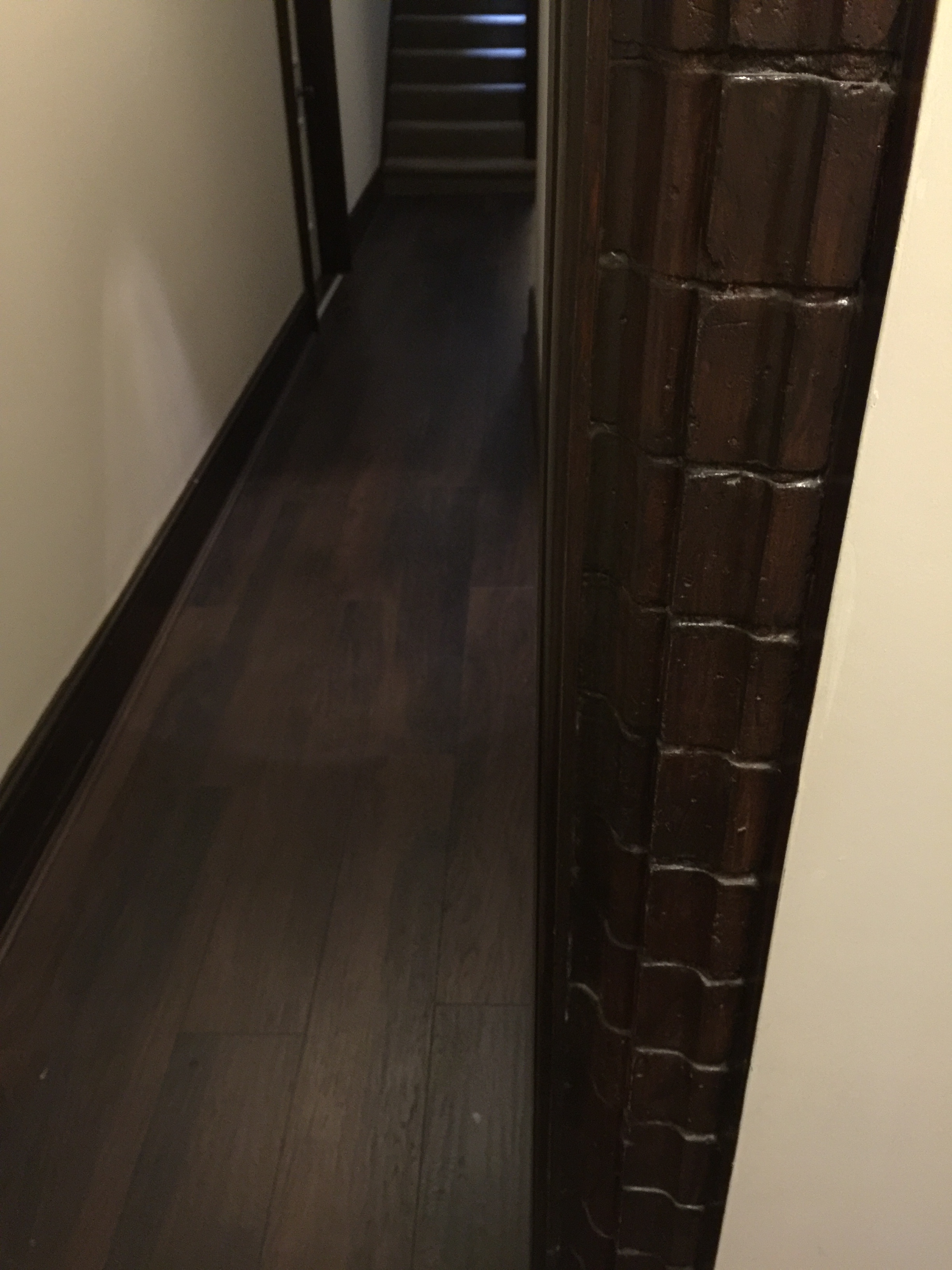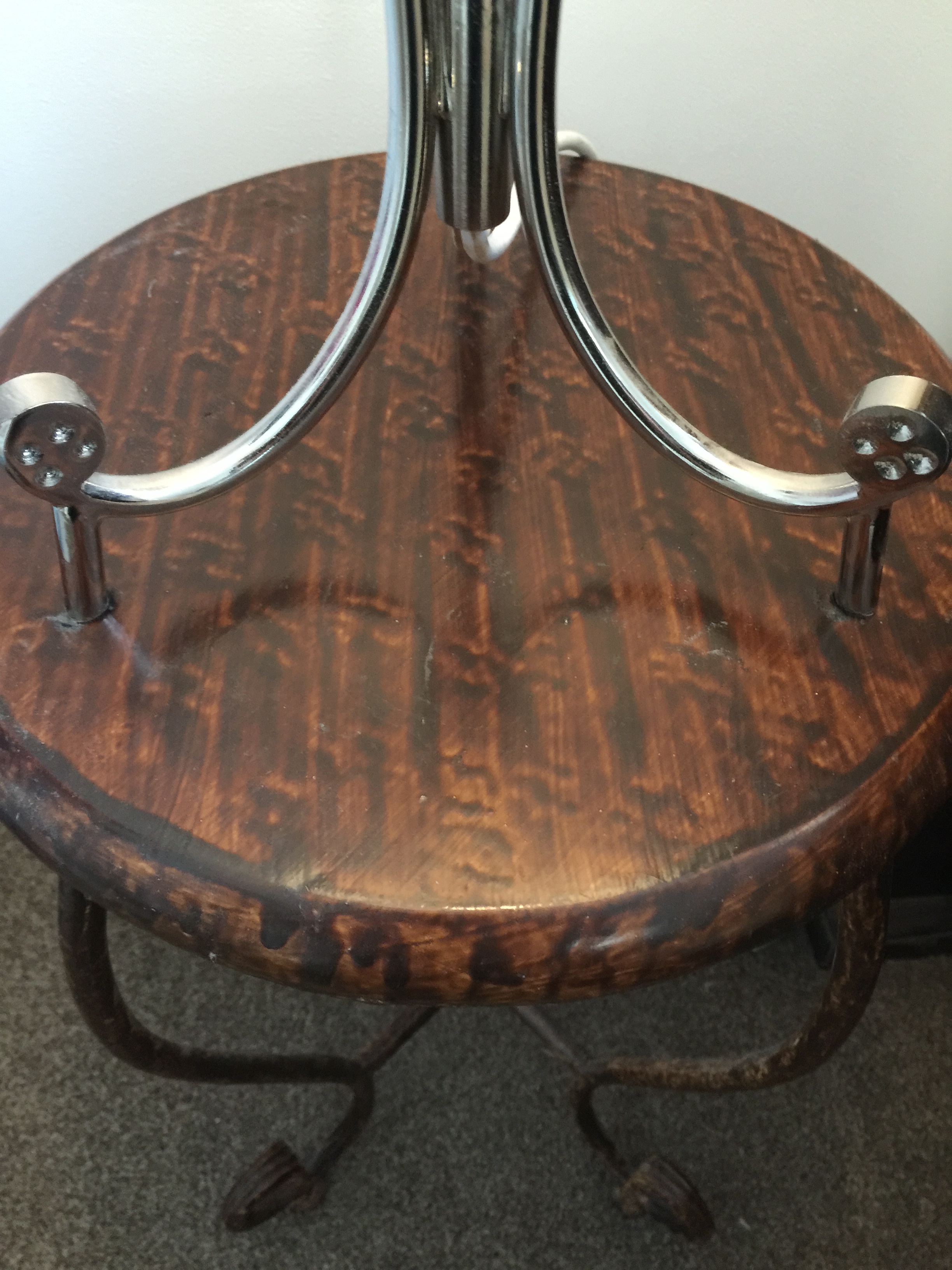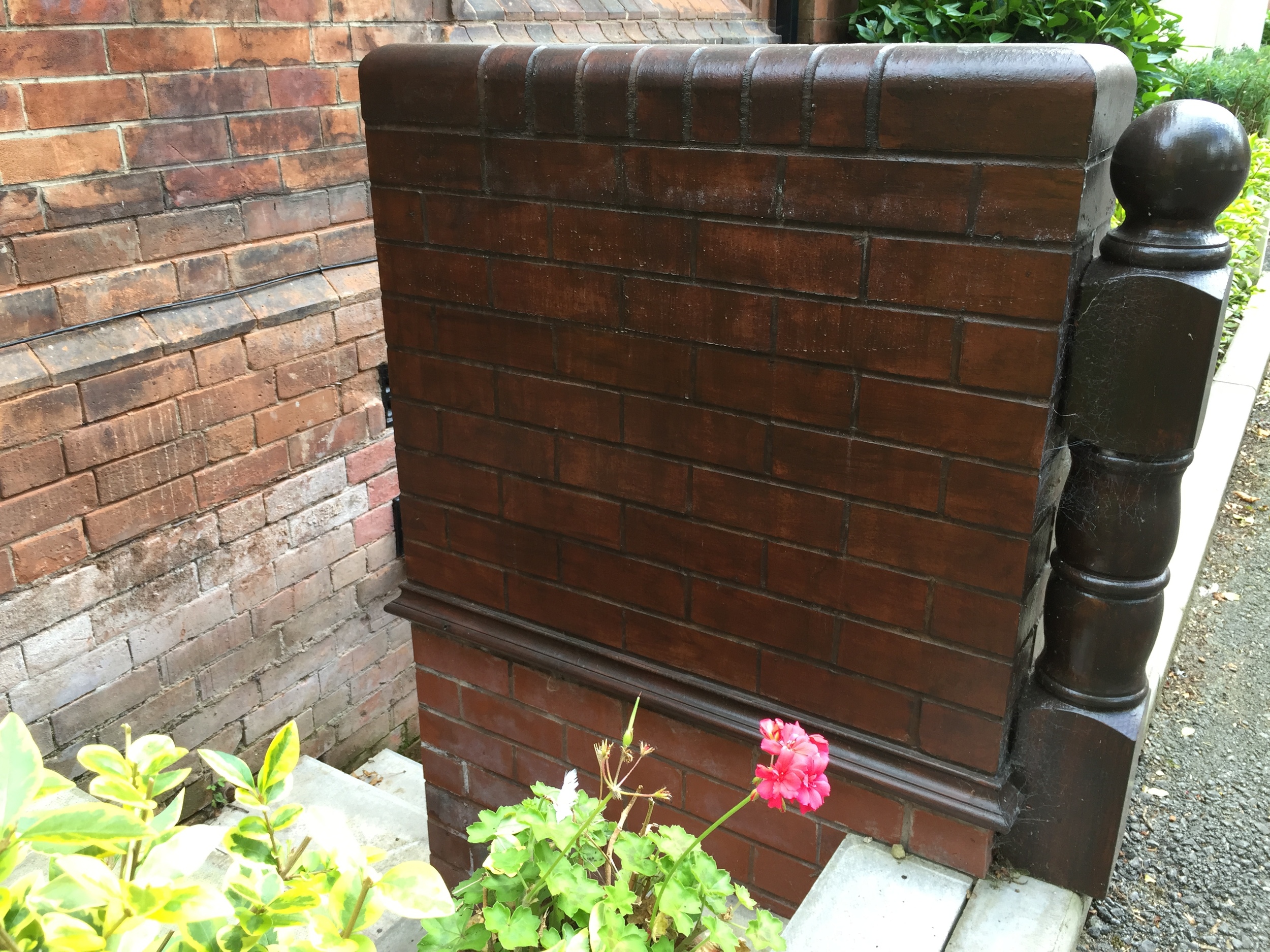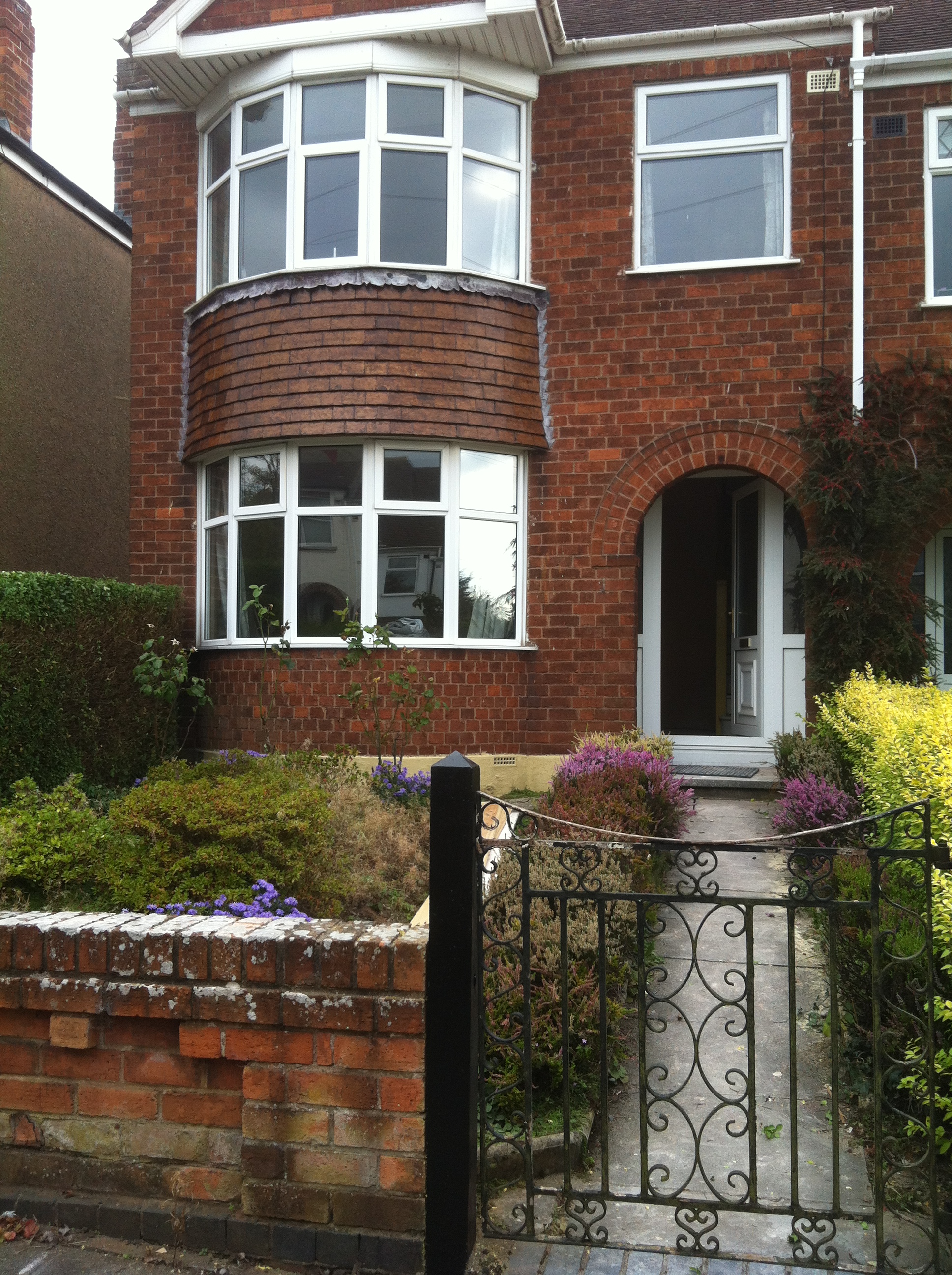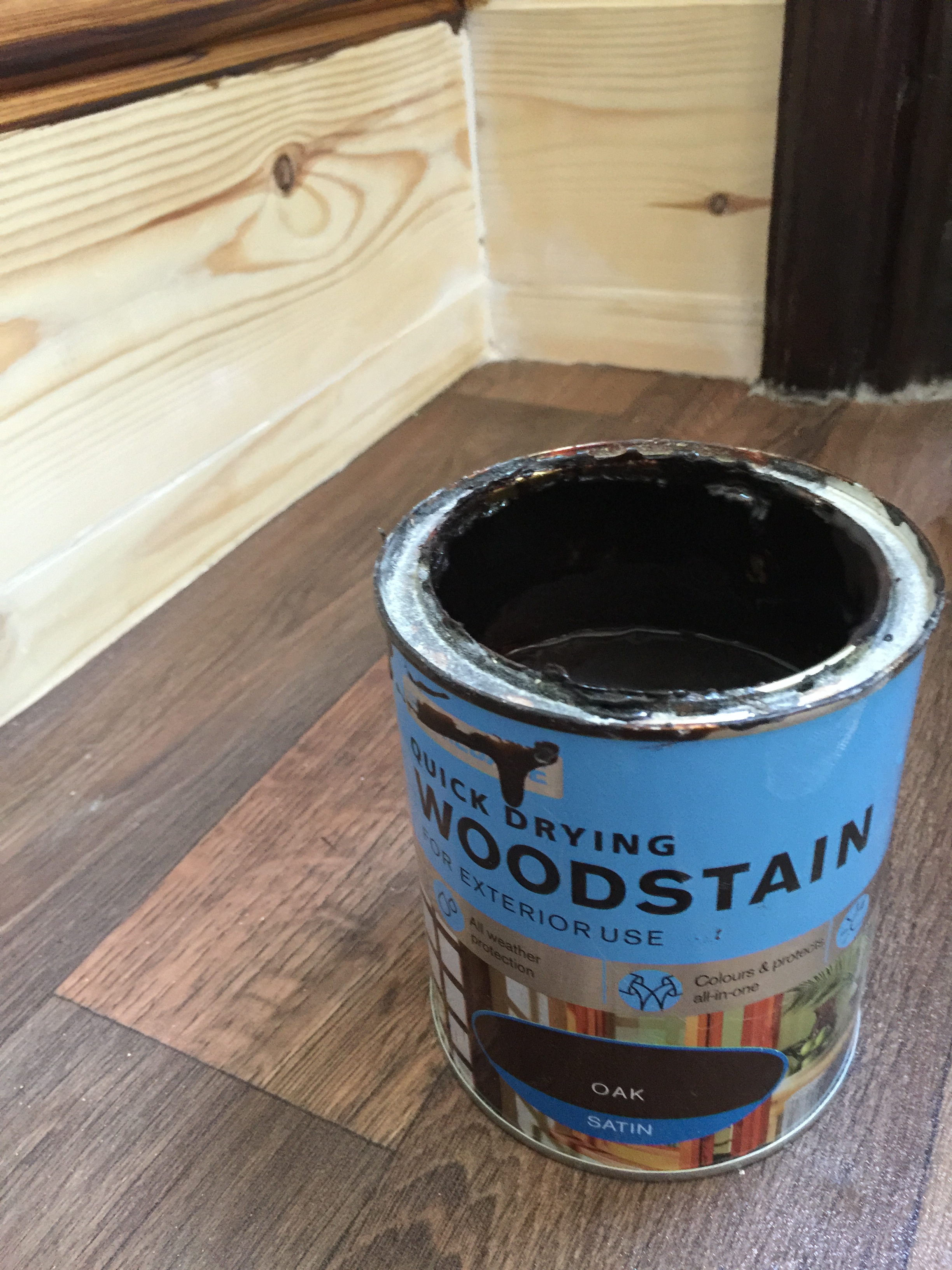This Autumnal image I took earlier today shows a simple '1 over 1' Heritage Range sash window that we installed into our own attic conversion apartment in Coventry, with nice ogee-style mouldings.
It's a relatively dark room, being north-facing and having just this small'ish window so we wanted to maximise the light coming in, and went for blinds rather than a more traditional curtain arrangement. We've used a regular £15 IKEA 'liselott' roller, with an attractive floral design - and this is my top tip - we've installed it so as to only just cover the visable glass area.
This maximises available light the room, and whilst providing some basic privacy screening - it also allows for a great view of the beautiful moulding detail around the interior of the window.
On larger bays that would normally require bulky curtains, this is a particularly effective solution for dressing window openings - allowing you to emphasise size and grandeur - and really make a 'WOW' feature of original detailing.
Interestingly, combined with heavy curtains, the majority of Victorian and Edwardian houses will have originally been built with roller blinds operating in this manner as they were regarded as an important fixture for maintaining a pleasant environment during the daytime - helping to reduce warming due to sunlight in summer, and holding back colder air during winter. We regularly see evidence of the original brass fixing plates when we restore properties.

